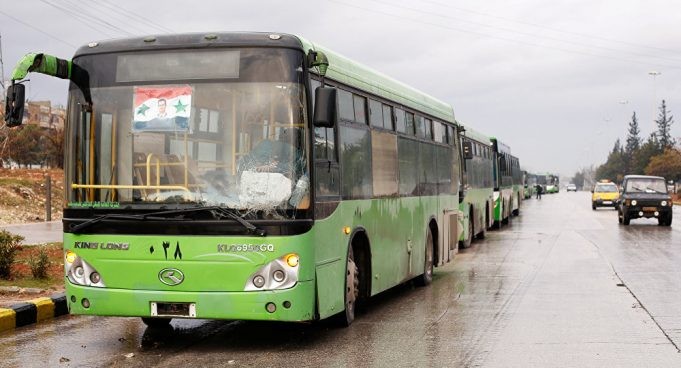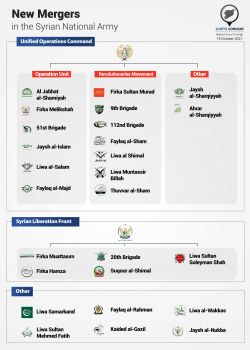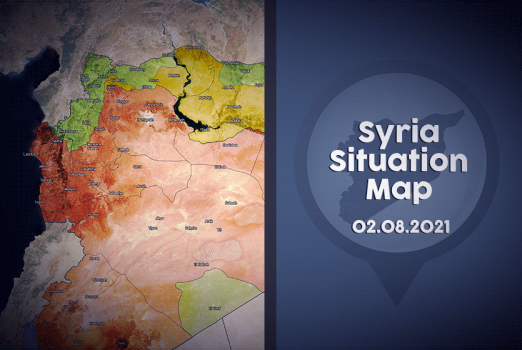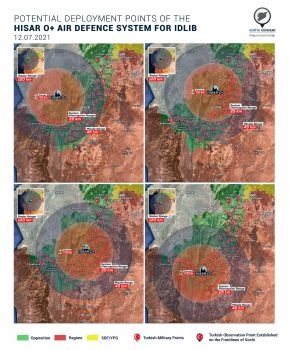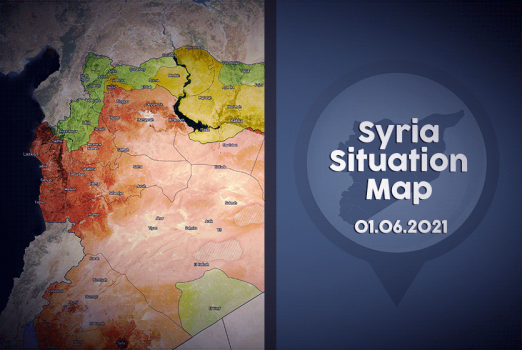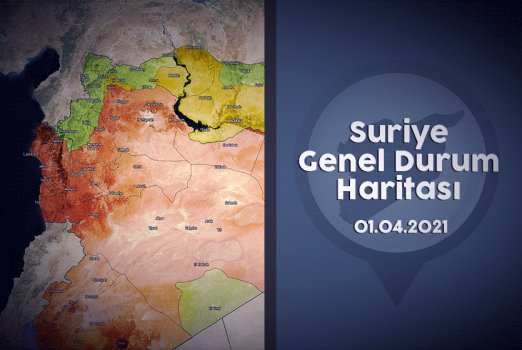The Legalization of Demographic Engineering in Syria
The signing of law no. 10 of 2018 on the 2nd of April has been hotly debated since its enactment by the Assad Regime. It is expected that this legislation will facilitate the legalization of demographic changes instigated by forced migration and deportation. The law, which has been voted on and signed into the Syrian legal code by the Parliament and al Assad respectively, authorizes the ‘formation of new administrative units, in accordance to general administrative regulations.’[1] The measure in question will codify de facto demographic shifts by allowing for the reestablishment of administrative institutions in areas where residents had been compelled to abandon their homes due to armed clashes or forced migration, as it made it more difficult for former residents to retain their rights on their property, and enables those who have seized such property to register these properties under their own ownership. As such, this formerly unlawful action currently underway is now in the process of becoming legal.
Assad’s Policy of Forced Migration
The current number of displaced persons generated by the Syrian conflict is thought to be roughly 11.7 million, of which 5.6 million have left the country while the remaining 6.1 million have remained, eking out their existence as internally displaced persons, or IDPs.[2]
The Assad Regime initiated its policy of demographic engineering with the forced migration of the residents of the Bab Amr district of Homs in February 2012. The regime has since continued this policy, particularly during the past two years, in which it has applied the tactic of ‘encircle – starve – migrate’ in the regions which it has captured. The evacuation agreements made in relation to areas under siege by the regime have particularly enabled the Assad government to interfere in the demographic composition of a region. The 2016 agreements for the towns of Madaya and al Zabadani in April, Darayya in August, Muaddamiye in September, and East Aleppo in December, as well as the most recent agreement for Eastern Ghouta in April 2018, have concluded with the forced evacuation of former residents of these localities, which when examined more closely are concentrated among and around the districts and suburbs of Damascus.
The Assad Regime seems to have taken measures to render permanent these coerced demographic changes instituted in various districts and even entire cities, and is set to accelerate these changes in the reconstruction phase of these areas. Among the most significant of these measures is the expropriation of former residents’ rights to their property, which have been transferred to Iran-backed pro-regime militants and their families. The aforementioned legislation is thus a breaking point in this regard, as it legitimizes the dispossession of residents’ property rights and their misppropriation to allies of the regime.
Law No.: 10 and the Legalization of Demographic Interference
As mentioned above, the latest legislation, which builds on the prior law no:66 of 2012, allows for the confiscation of property rights of lawful residents of areas having underwent forced expulsion and migration, by authorizing the establishment of new institutions in existing administrative units. The new law dictates that former residents must apply to these nascent institutions in order to acquire documents proving their ownership of their property within the first 30 days after the institutions’ establishment. While the law’s second clause of its second article, allows for the use of deputation of family members or other representatives by property owners in their application to the related institutions, it is foreseeable that evacuees will not easily be able to utilize this right. This is due to the fact that state institutions tend to be inactive in these areas of concern, as well as that it is usually entire families at a time that are expelled from their homes and towns, making options for potential representatives quite limited, if at all existent. In any case, it is not likely that those who have taken refuge abroad or in opposition-held territory to return to their former homes for fear of arrest, torture, and revenge, until these risks are eliminated.
The new law can also be interpreted to allow for incoming occupants of evacuees’ homes to claim ownership of these properties, based on the sixth clause of the second article, which permits the application for ownership based purely on a claimants word in the absence of documentation. The legislation is worded as such: ‘In the absence of documentation authenticating the claimant’s property ownership, the applicant must […] specify the location, perimeter, shareholders, and type of property for which they are applying.’ As can be seen here, the law’s phrasing is quite ambiguous and can be utilized by regime allies to claim ownership over property which is not claimed within the specified timeframe, or over property created by new administrative structures.
Another issue raising concern of evacuated real estate being distributed among regime allies is the statement that either official identification cards or passports must be presented during the process of claiming properties in newly formed administrative units, as is stipulated in clause 19 of the second article. The basis for this concern is the fact that the Damascus Directorate of Migration and Passports has recently distributed 200000 Syrian passports to foreign militants transferred to the country by Iran.[3] It is believed that these passports will be assigned to Iranian, Afghan, and even Iraqi Shiite militants and their families, thus giving them permanent residency in the country.
A New Stage in the Syrian War
Following this new legislation, the Ministry of Local Government announced that it would begin working on the necessary arrangements for the revision of administrative structures both in Homs and East of the capital.[4] It has also been announced that these arrangements would apply to the Bab Amr district which had been evacuated in 2012 after its siege by regime allies, as well as the eastern entrance of Damascus and especially the Harasta District near Eastern Ghouta, which had been evacuated of most of its residents during the past weeks.
In the present stage of the Syrian Civil War, both Russia and Iran have been in the process of consolidating their battlefield gains. On the one hand, Russia has been trying to ‘legalize’ its presence in the country and secure control of its phosphate reserves by signing military and economic treaties with the Assad Regime. On the other, Iran has been trying to settle its militants within Syria and maximize its cut of the Syrian economy. For its part, the Assad Regime has been seeking to reinforce its position by extending the law to encompass its efforts of demographic engineering. As such, it is apparent that the recently enacted legislation represents a turning point in the context of this latest stage of the Syrian Civil War.
Footnotes:
[1] See link for full text: Official Website of Syrian Prime Ministry https://goo.gl/4UYedF
[2] For latest data see: UNHCR Syria Emergency http://www.unhcr.org/syria-emergency.html & https://data2.unhcr.org/en/situations/syria#_ga=2.105413451.931814048.1523350877-946855287.1523350877
[3] Zaman Al-Wasl, Masader: Hicret Demeşq Testehriç 200 elf Cevaz Sefer Li-Eşhas İraniyen. 2 Nisan 2018 https://www.zamanalwsl.net/news/article/86043/
[4] Enbbaladi, Derase Li-Tenzeem Medhal Demeşq ve Bab Amr Fi Hums. 9 Nisan 2018 https://www.enabbaladi.net/archives/219658

